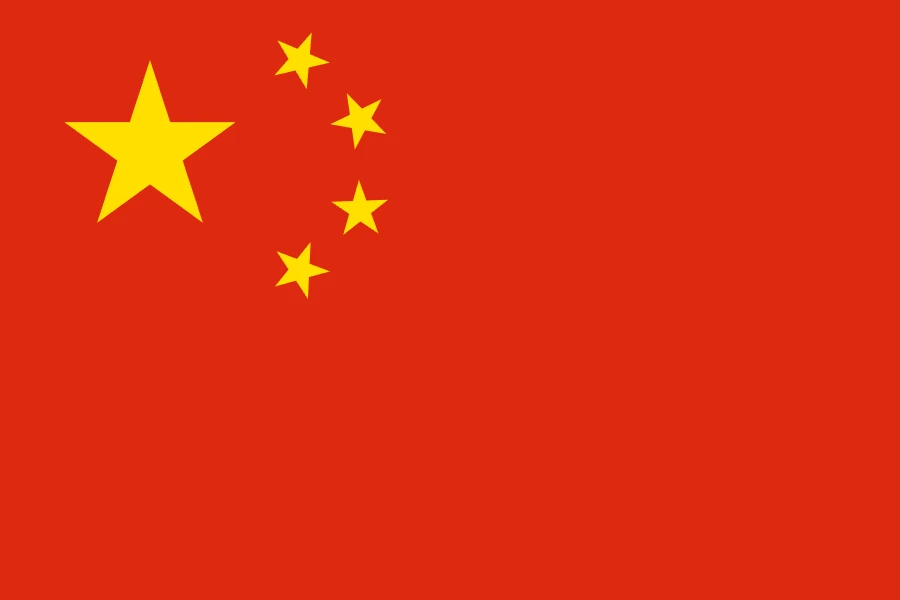China Travel Guide
Discover Why You Should Visit China
Why Visit China?
China offers a vast and diverse landscape of ancient wonders, modern marvels, rich traditions, and a vibrant mix of cultures. From the Great Wall to futuristic cities like Shanghai, the country is a journey through time.
As one of the world’s oldest civilizations, China is filled with historical treasures, unique cuisines, spiritual temples, and striking natural beauty. The fusion of old and new makes it one of the most intriguing destinations in the world.
Ideal for: History buffs, food lovers, culture enthusiasts, nature adventurers, and tech-savvy travelers.
Must-Know Facts
Capital/Major City: Beijing (capital), Shanghai (largest city)
Language(s): Mandarin Chinese (official), with regional dialects
Currency: Chinese Yuan (CNY or RMB)
Best Time to Visit: Spring (April to May) and Autumn (September to October)
Fun Fact: China is home to the world’s longest man-made structure, the Great Wall, stretching over 21,000 kilometers
Top Things to Do
Walk along the Great Wall of China and explore its different sections
Visit the Terracotta Army in Xi’an, an archaeological marvel
Cruise the Li River through Guilin for stunning karst landscapes
Wander through the Forbidden City and Tiananmen Square in Beijing
Explore high-tech Shanghai with its skyline, museums, and old town quarters
Local Culture & Lifestyle
Chinese culture is rooted in thousands of years of philosophy, family values, respect for elders, and collective identity. Confucianism, Taoism, and Buddhism influence many aspects of life.
Tea culture, calligraphy, traditional festivals, martial arts, and intricate rituals are deeply embedded in daily life.
Modern China embraces fast-paced development, especially in its urban centers, while preserving traditional customs in rural areas.
Food & Drink Highlights
Street Food: Dumplings, baozi, skewers, scallion pancakes, noodles
Restaurants: Offer regional cuisines such as Cantonese, Sichuan, Hunan, Shandong, and Jiangsu
Drinks: Green tea, jasmine tea, baijiu (grain alcohol), bubble tea, soy milk
Desserts: Mooncakes, sesame balls, almond jelly, mango sago
Main Dish & Culinary Symbols
Signature Dish: Peking duck, served with pancakes, hoisin sauce, and scallions
Common Ingredients: Ginger, garlic, soy sauce, vinegar, Sichuan peppercorns, tofu, rice, bok choy
Culinary Culture: Food is central to Chinese social life. Meals are often communal with multiple dishes shared among guests
Symbols & Icons of the Area
Natural Icons: Yangtze River, Yellow Mountains, Zhangjiajie National Forest Park
Cultural Icons: Chinese dragon, red lanterns, pagodas, yin-yang symbol, Terracotta Warriors
Hidden Gems & Off-the-Beaten-Path
Tibet’s Potala Palace and sacred Mount Kailash for spiritual journeys
Wuyuan’s ancient villages and blooming canola flower fields
Zhangye Danxia’s Rainbow Mountains in Gansu Province
Lugu Lake on the Sichuan-Yunnan border, home to the Mosuo matriarchal society
Shopping & Souvenirs
What to Buy: Silk scarves, jade jewelry, tea sets, calligraphy art, Chinese ceramics, traditional medicine
Where to Shop: Silk Market in Beijing, Yuyuan Bazaar in Shanghai, local night markets across provinces
Getting Around
Public Transport: Extensive high-speed rail network and efficient city metro systems
Taxis and Ride Apps: Didi is China’s version of Uber
Domestic Flights: Connect major cities and remote provinces
Bicycles and Electric Scooters: Popular for short urban travel
Travel Tips
Carry cash and use mobile payment apps like Alipay or WeChat Pay where possible
Download a translation app or prepare for limited English in rural areas
Respect local customs, especially at temples or traditional sites
Check local air quality indexes and dress in layers for varying climates
Where to Stay
Budget: Hostels and capsule hotels in major cities
Mid-range: Local guesthouses, chain hotels, and business accommodations
Luxury: International hotels, boutique properties, and heritage hotels
Unique: Courtyard homes in Beijing, mountain lodges in Yunnan, canal-side inns in Suzhou
Sample 4-Day Itinerary
Day 1: Arrive in Beijing, visit the Forbidden City and eat at a Peking duck restaurant
Day 2: Hike a scenic section of the Great Wall and explore traditional hutongs
Day 3: Fly or take the train to Shanghai, explore The Bund and Yu Garden
Day 4: Day trip to nearby Suzhou or Hangzhou for canals, tea fields, and silk shopping



0 Comments